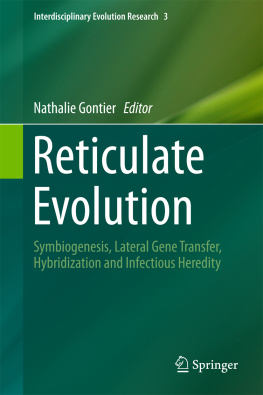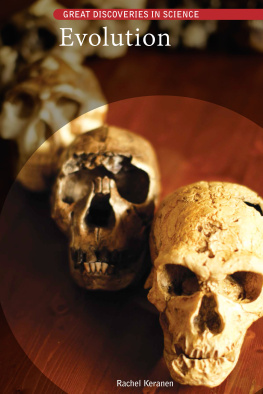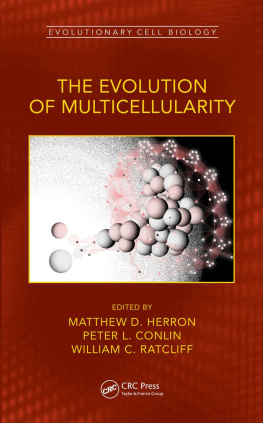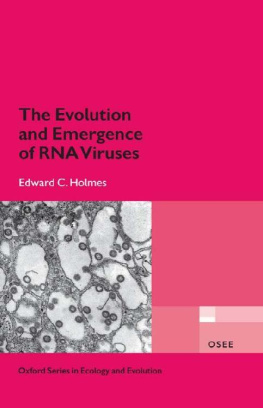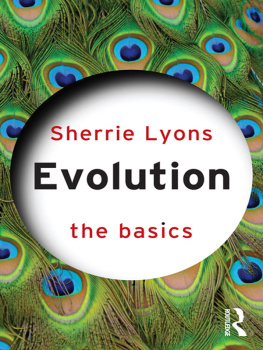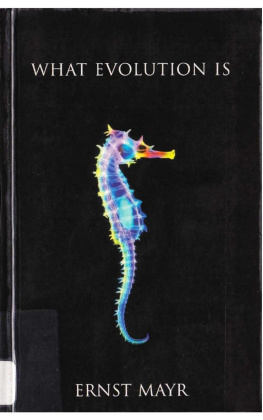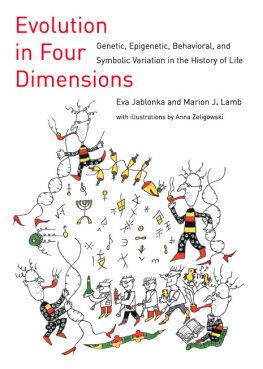Abstract
Reticulation is a recurring evolutionary pattern found in phylogenetic reconstructions of life. The pattern results from how species interact and evolve by mechanisms and processes including symbiosis; symbiogenesis; lateral gene transfer (that occurs via bacterial conjugation, transformation, transduction, Gene Transfer Agents, or the movements of transposons, retrotransposons, and other mobile genetic elements); hybridization or divergence with gene flow; and infectious heredity (induced either directly by bacteria, bacteriophages, viruses, prions, protozoa and fungi, or via vectors that transmit these pathogens). Research on reticulate evolution today takes on inter- and transdisciplinary proportions and is able to unite distinct research fields ranging from microbiology and molecular genetics to evolutionary biology and the biomedical sciences. This chapter summarizes the main principles of the diverse reticulate evolutionary mechanisms and situates them into the chapters that make up this volume.
Reticulate Evolution: Patterns, Processes, Mechanisms
According to the Online Etymology Dictionary ( http://www.etymonline.com ), the word reticulate is an adjective that stems from the Latin words rticultus (having a net-like pattern) and rticulum (little net). When scholars identify the evolution of life as being reticulated, they first and foremost refer to a recurring evolutionary pattern .
Net(work)-like patterns can be found in the way organisms belonging to distinct groups, species, or higher ranks of life interact with other such entities and exchange material and energy at a biochemical, behavioral, sexual or ecological level; as well as in the phylogenetic reconstructions of lifes evolved lineages that scholars obtain by comparing the genes, proteins, and overall morphological and behavioral features of organisms and species.
Reticulate evolution brings forth rapid evolutionary change characterized by a network-like pattern of horizontal crossings and mergings that often precede a pattern of vertical descent with modification. This contradicts standard neo-Darwinian evolutionary theory that understands life to evolve gradually by means of natural selection that brings forth a bifurcating or ramificating pattern.
To understand why and how evolution is reticulate in mode and pattern, and why the tempo of reticulate evolution is often fast and non-gradual, scholars have to determine the processes and mechanisms that bring forth these reticulate evolutionary patterns. From the nineteenth century onwards, and mostly from outside or within the margins of the Darwinian and neo-Darwinian paradigm, botanists, microbiologists, bacteriologists, cytologists, and molecular geneticists have been increasingly able to identify these mechanisms and processes. Reticulate evolution today is a vernacular concept for evolutionary change induced by mechanisms and processes of symbiosis, symbiogenesis, lateral gene transfer, hybridization or divergence with gene flow , and infectious heredity .
1.1 Symbiosis
The concept of symbiosis was introduced in botany by de Bary (), who a couple of years earlier had distinguished between commensalism, mutualism, and parasitism to characterize the social lives of animals.
Symbiosis thus refers to species interactions, and symbiotic associations have been mostly studied from within ecological research fields (Buchner ). Lichens, for example, result from a conjunctive symbiosis between a fungus (the mycobiont) and algae or cyanobacteria (the phycobiont).
Symbiosis can be temporary and facultative or extend prolonged periods of time, sometimes resulting in obligate and hereditary symbiosis (Buchner ).
Symbiotic associations can be acquired by horizontal or vertical transmission (outside or via the germline) (Archibald ).
The original symbiosis concept does not specify the nature of the living arrangement that exists between distinct organisms. The exact nature of the symbiotic relation between distinct individuals can be characterized further as neutralism (when the symbiosis neither harms nor benefits either of the partners), commensalism (when one partner benefits from the symbiosis and the other is unaffected), mutualism (when both partners benefit), parasitism (when one organism benefits and the other is harmed), amensalism (where one organism is harmed or killed and the other is unaffected), and synnecrosis (where both partners are harmed or killed by the symbiotic association) (Table ).
Table 1
Possible symbiotic associations
Types of symbioses | Effects on species 1 | Effects on species 2 |
|---|
Neutralism | | |
Commensalism | + | |
Amensalism | |
Mutualism | + | + |
Parasitism | + |
Synnecrosis |
+ beneficial; harmful; 0 indifferent
Symbiotic interactions are numerous and diverse. One organism can simultaneously entertain different kinds of symbioses with a variety of organisms. So far, scholars have not been able to delineate a limit on how many organisms can simultaneously engage in a symbiotic association. What is becoming increasingly clear though, is that many commensal and mutual symbiotic associations are often necessary to obtain and maintain normal development, successful survival, and reproduction. Because symbiosis impacts adaptation, reproduction, and fitness, symbiosis can affect speciation and, in cases such as synnecrosis or amensalism, extinction (Brucker and Bordenstein ).
Commensal, mutual, parasitic, or amensal symbiotic associations with microorganisms also impact organismal health, which is something we return to in the part on infectious heredity.
The effects of symbiotic associations extend the organisms that engage in the living arrangement because symbiosis can significantly alter biotic and abiotic ecological systems from the lowest to the highest hierarchical level. The evolution of photosynthesizing cyanobacteria, for example, which is estimated to have occurred between 2.7 and 2.4 billion years ago, is known to have severely impacted the earths atmosphere and climate (Carrapio ). The origin of photosynthetic life forms (organisms that produce oxygen as a waste product), led to the great oxygenation event which commenced somewhat 2.4 billion years ago. The transition from a reducing atmosphere to an oxygen-rich atmosphere led to the oxygen catastrophe, i.e., the first major extinction event where obligate anaerobe life forms that evolved in the Hadean and Archean became severely threatened. The great oxygenation event was a precondition for oxygen-respiring life forms to evolve, and it triggered the Huronian glaciation (the first ice age). These environmental changes were also one of the triggers for the evolution of symbiogenesis out of permanent symbiosis, where, as an adaptive environmental response, various life forms increased in size and sought permanent shelter in one another to find protection against the devastating environmental conditions.

